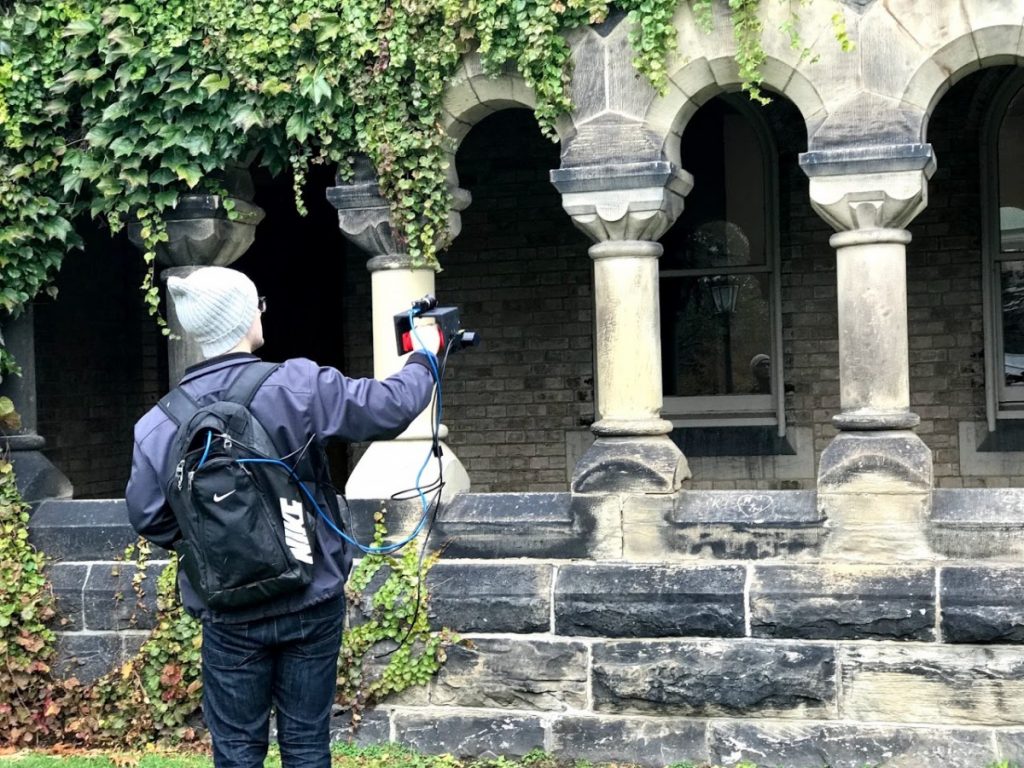Jordan Marr
Master's Student (2018)Department: Alumni
In any multi-sensor system, correct data fusion requires calibration of, for example, 6-DOF inter-sensor spatial transforms. This permits the individual sensors’ data to be combined into a single common reference frame. Manual measurement of the inter-sensor transforms is inaccurate for two reasons. First, obstructions including the sensor mounts and other hardware may be in the way. Second, the true origin of a sensor’s reference frame within its enclosure may be unknown.
For these reasons, calibration methods that make use of the sensors’ own data are typically more accurate. The canonical methods for calibration almost always make use of a specific calibration target, such as a checkerboard or several planar surfaces. A method that works in an arbitrary environment, absent any specific calibration target, allow for re-calibration of a long-lifespan platform in the field, for example, a rover on the surface of Mars, or a UAV in a forest environment.
Jordan’s novel calibration routine estimates the extrinsic calibration and the time delay between sensor clocks for a suite containing at least one planar lidar and one egomotion sensor. The calibration parameters are found by minimizing the Renyi Quadratic Entropy (RQE) of the lidar point cloud. RQE has a number of attractive properties, the foremost of which is that it allows calibration in non-planar environments and with non-overlapping sensor fields of view, as shown in the photo below.

